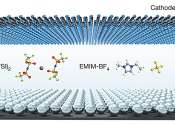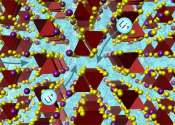Imaging grain boundaries that impede lithium-ion migration in solid-state batteries
A NIMS research team has developed a new technique to image grain boundaries obstructing lithium-ion migration in solid-state batteries—a promising type of next-generation battery.
Feb 27, 2024
0
6









